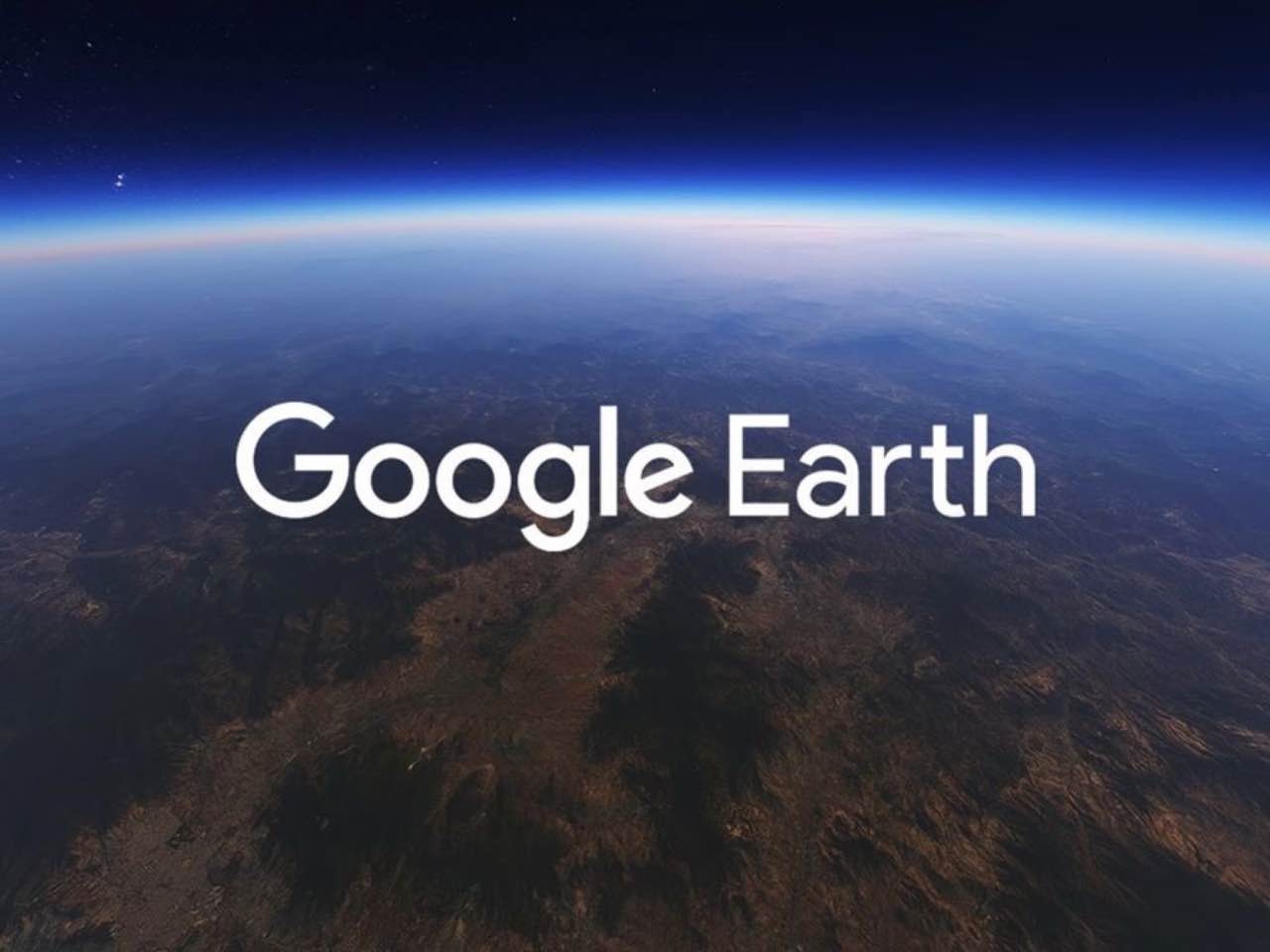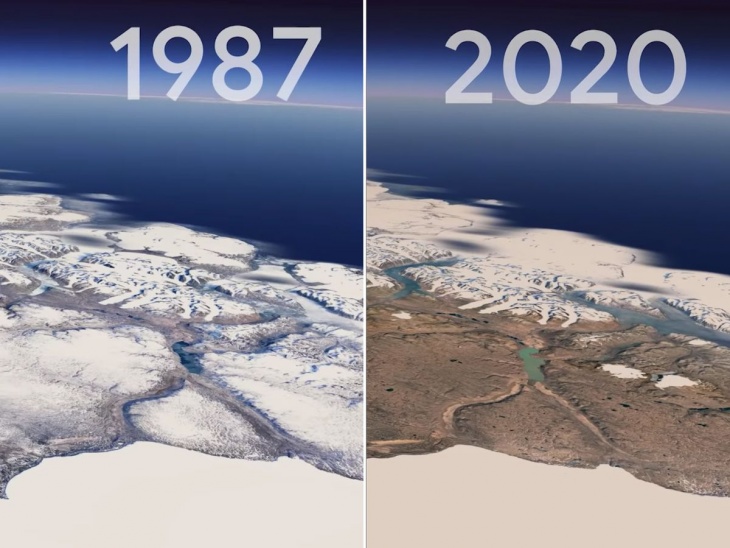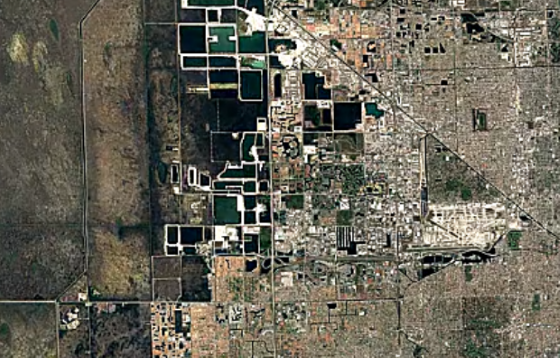

As a planetary-scale platform for environmental data analysis, it is a valuable tool if your research is, for example, on climate change.

This tool combines more than 40 years of satellite images of the planet, both historical and current. We want to share with you 4 features of Google Earth that can help you in your journalistic work. You can also access Google Earth Studio (only accessible to media and journalists requesting access from a GSuite or Gmail). It’s an opportunity to observe the Earth dazzlingly and a tool of great value for journalism. Google Earth is a program that allows you to travel around the planet through satellite images, plans, maps, and 3D photographs.

Given the vast database at your disposal, any city or location can be entered to see how it has changed since the 1980s, although some of Google’s own curated locations bring home the real change observed both in terms of climate and the rapid growth of human populations.By Sasha Muñoz Vergara. To achieve such a gargantuan task, Google was able to combine more than 5m satellite images collected during these three decades, many of which were taken by Landsat, a US Earth observation programme that has observed the planet since the 1970s.įor the remaining two years of Timelapse, Google was able to source high-resolution imagery from combined images from Landsat 8 and the European Space Agency’s own Copernicus Earth observation programme. While some soon-to-be world leaders continue to debate its very existence, those working in research continue to point to data that shows how recent decades have brought seemingly unnatural levels of change.Ī new collaborative project – between Google and Carnegie Mellon University CREATE Lab ’s Time Machine library of satellite imagery from 1984 to 2016 – shows us a truly worrying series called Timelapse.Īs the name suggests, the Timelapse series has allowed the Google Earth team to create a global, zoomable video that lets you see how the Earth has changed over the past 32 years. On an almost daily basis now, we hear about the latest effects of climate change on our planet, be it record-high temperatures in the Arctic, or major rainfall in arid climates.

With the power of decades of satellite imagery for our planet, a new Google Earth Timelapse project is opening our eyes to the visible effects of climate change on the planet.


 0 kommentar(er)
0 kommentar(er)
